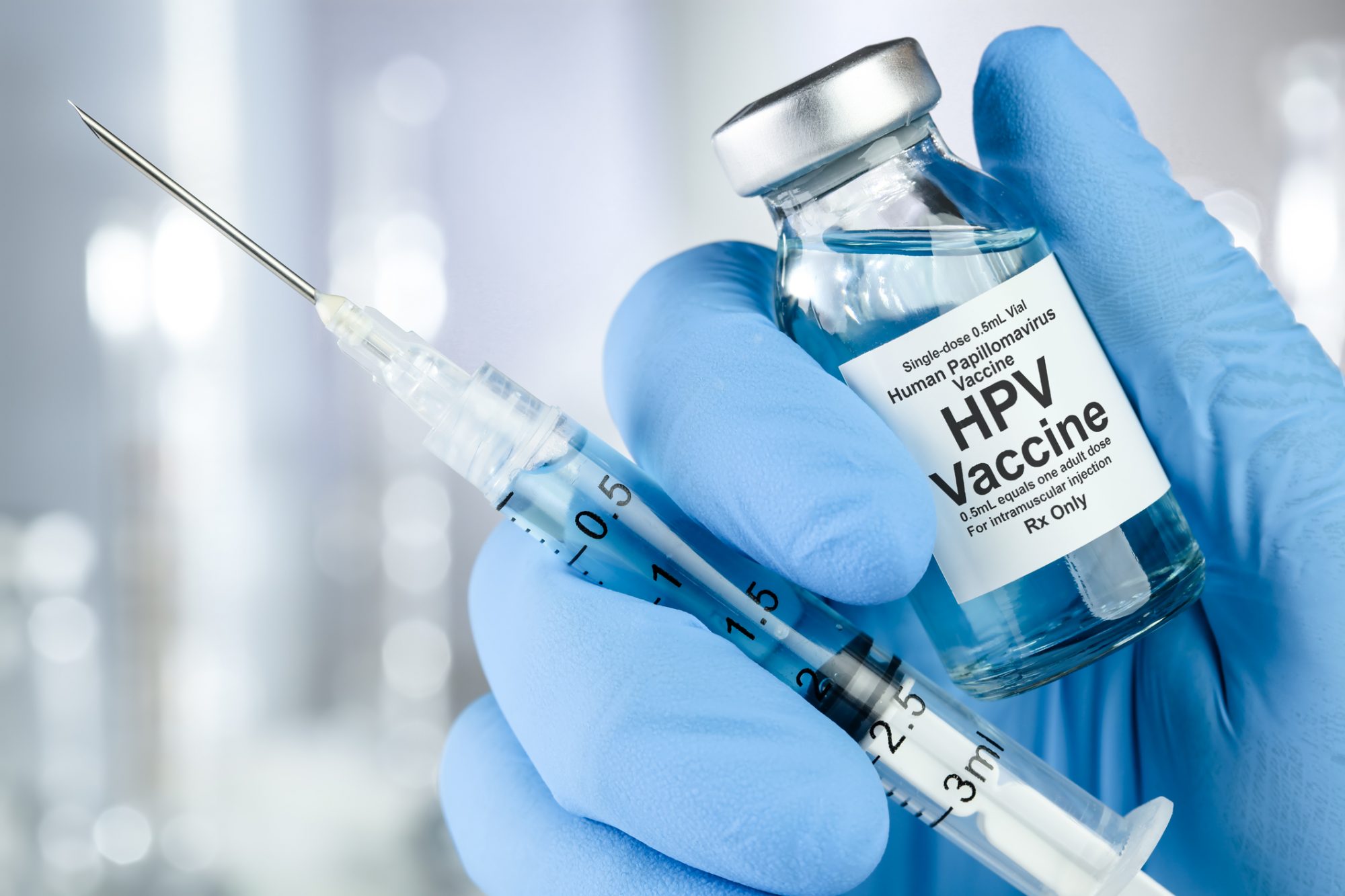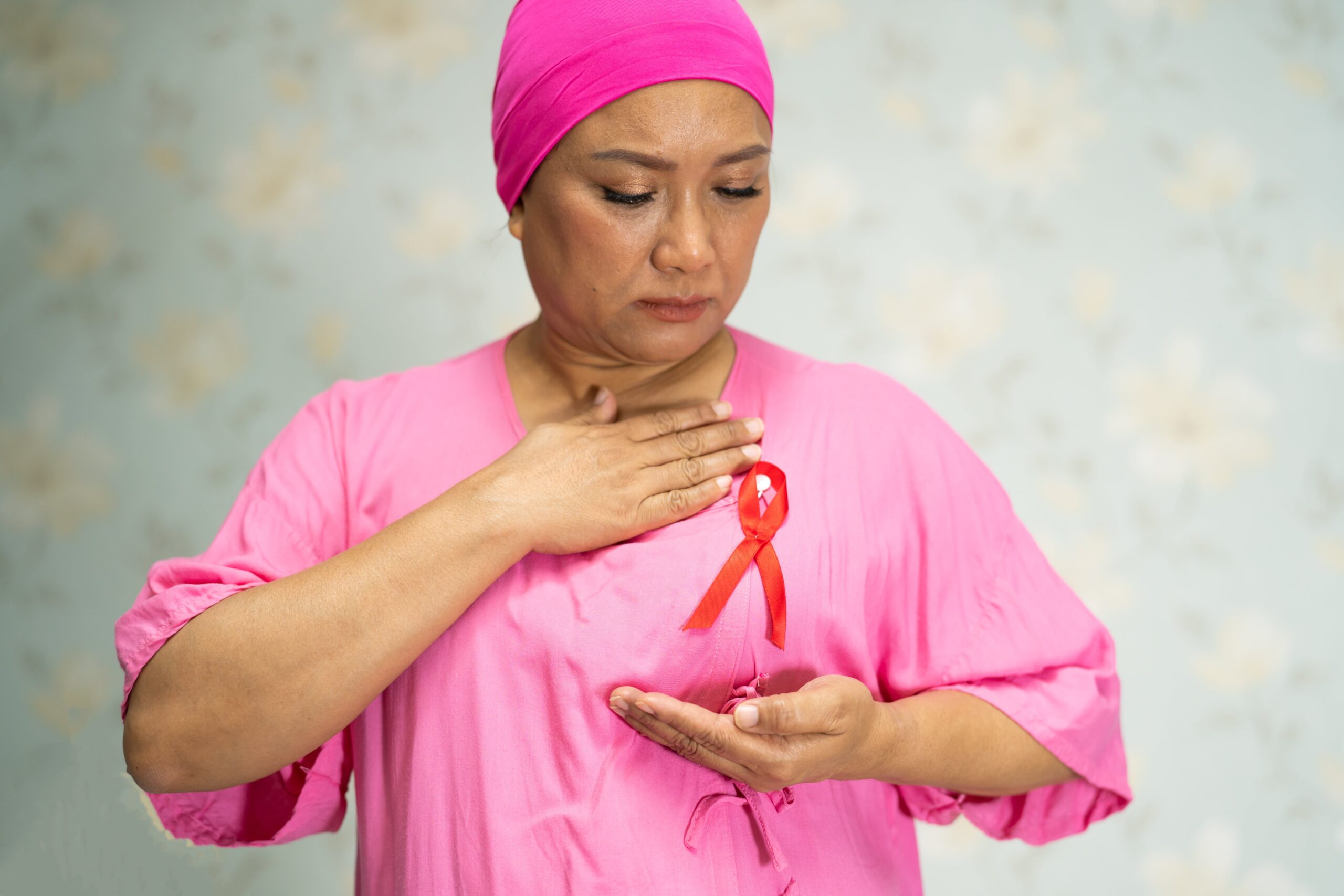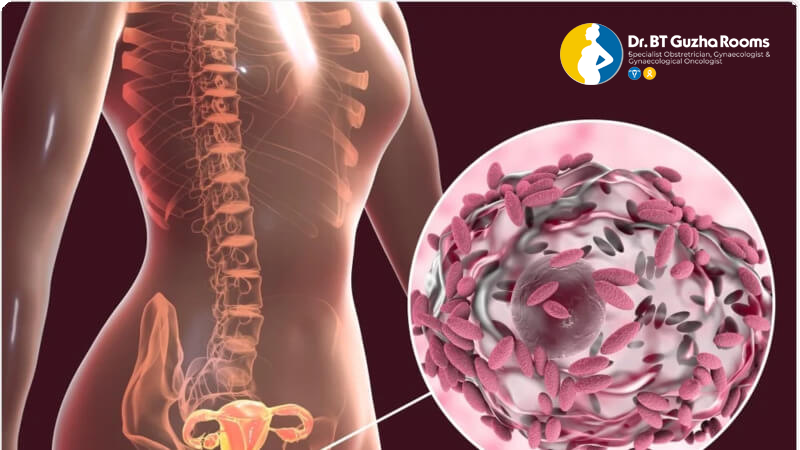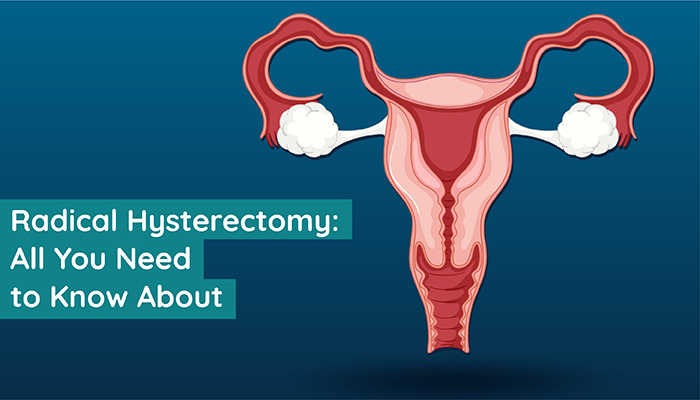Introduction:
Sexually transmitted infections (STIs) are infections that are primarily transmitted through sexual contact. They can affect anyone who is sexually active, regardless of age, gender, or sexual orientation. While the topic of STIs may carry a stigma or discomfort for some, it is crucial to increase awareness and understanding surrounding these infections to promote safer sexual health practices. In this blog, we will discuss some of the most common STIs, their symptoms, risks, and methods of prevention.
1. Chlamydia:
Chlamydia is one of the most prevalent STIs worldwide. It is caused by the bacterium Chlamydia trachomatis. In many cases, individuals infected with chlamydia may not experience any symptoms. When symptoms do occur, they may include abnormal discharge, pain during urination, or pelvic pain. If left untreated, chlamydia can lead to serious health issues such as pelvic inflammatory disease (PID) in women and potential fertility problems in both men and women. Regular testing, consistent condom use, and open communication with sexual partners are key prevention methods.
2. Gonorrhea:
Like chlamydia, gonorrhea is caused by bacterial infection, specifically Neisseria gonorrhoeae. It commonly affects the urethra, rectum, and throat. Symptoms may include discharge, pain during urination, or anal itching. Left untreated, gonorrhea can lead to reproductive complications and an increased risk of acquiring HIV. Testing for gonorrhea and other STIs, using barrier methods like condoms, and seeking prompt medical treatment are vital for prevention.
3. Human Papillomavirus (HPV):
HPV is a very common STI, with nearly all sexually active individuals affected at some point in their lives. While most HPV infections do not cause symptoms and clear on their own, certain high-risk strains can lead to cervical, anal, or oral cancers. Other strains may cause genital warts. Vaccination against HPV is an effective prevention strategy, along with regular screening for cervical cancer and practicing safe sex.
4. Genital Herpes:
Genital herpes is caused by the herpes simplex virus (HSV) and is characterized by painful blisters or sores in the genital area. These outbreaks may be accompanied by flu-like symptoms. While there is no cure for genital herpes, antiviral medications can help manage symptoms and reduce the risk of transmission. It is essential to discuss herpes with sexual partners, use barrier methods, and refrain from sexual activity during outbreaks.
5. HIV/AIDS:
Human Immunodeficiency Virus (HIV) weakens the immune system, making individuals more susceptible to infections and certain cancers. Acquired Immunodeficiency Syndrome (AIDS) occurs when HIV has severely damaged the immune system. HIV transmission primarily occurs through sexual contact or sharing needles. Condom use, regular testing, and access to antiretroviral therapy are key components of HIV/AIDS prevention.
Conclusion:
Sexually transmitted infections are preventable, and awareness is paramount in reducing their spread. Regular testing, open communication with sexual partners, using barrier methods such as condoms, and getting vaccinated are all essential in protecting oneself and others from STIs. Remember, knowledge is power, so arm yourself with information on prevention, symptoms, and the importance of practicing safe sex for a healthier future. Contact your healthcare practioner if you suspect you have a STI










